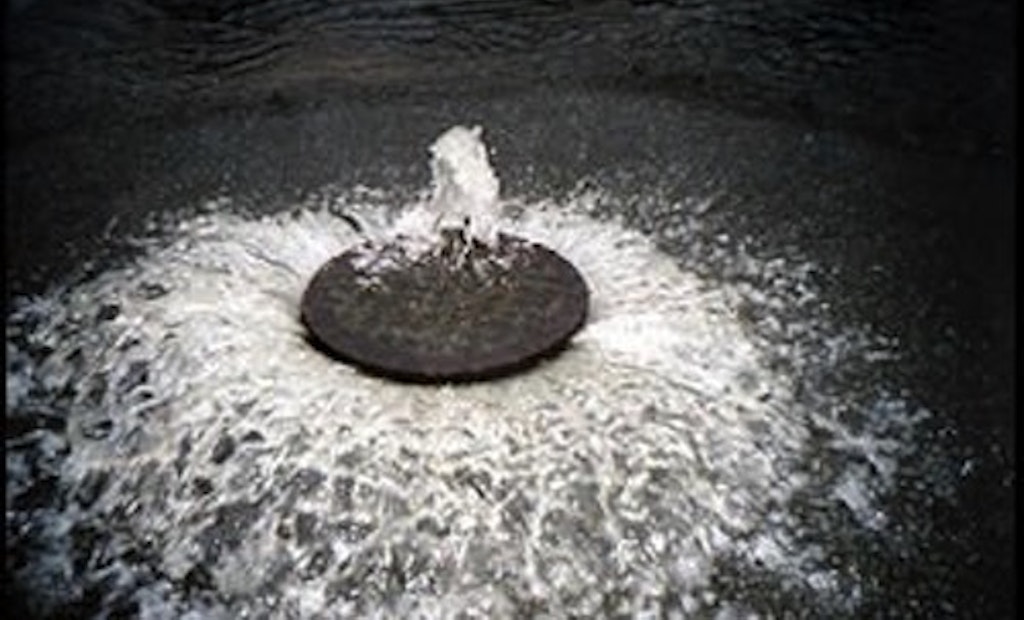Interested in Flow Control?
Get Flow Control articles, news and videos right in your inbox! Sign up now.
Flow Control + Get AlertsIn 1999, publicly owned wastewater treatment plants served 189.7 million people and treated 32.1 billion gallons per day. Today, that number is exceedingly higher. The quality of our source water depends on the capacity of wastewater treatment plants and ensuring that extraneous water entering the system is minimized. This extraneous water includes water entering the system through inflow and infiltration (I&I).
According to an article published by the Chalmers University of Technology’s Division of Water Environment Technology, 35 percent of water entering a water treatment plant is I&I, another 35 percent is stormwater, and the remaining 30 percent is sewage. In other words, 70 percent of total flow into a treatment facility is water that would not need treatment had it not entered a sewer line. It robs valuable capacity from treatment plants, and such capacity shortfalls can lead to damaging and costly sanitary sewer overflows.
The impact of I&I is even greater in some regions. A recent study of all municipal sewer systems in Tennessee shows that I&I represents approximately 104.7 billion gallons per year. This accounts for 45 percent of the annual flow to treatment plants. Processing this extra water is estimated to cost at least $188 million annually statewide. This figure is conservative compared to the EPA’s 2014 estimate of $2 to $5 per thousand gallons, which would raise the cost to between $208 million and $522 million.
Sources of I&I include leaky manholes, lateral connections and sewer mains. Yet, a majority of rehabilitation efforts focus solely on sewer mains. In a whitepaper entitled "Working Smarter Against I&I," we discuss the total system approach to combating I&I and the tools available to evaluate the different elements of your sewer system. With concepts presented in this paper you’ll also be ready to develop a plan to cut I&I by up to half.
Click here to download the whitepaper.





